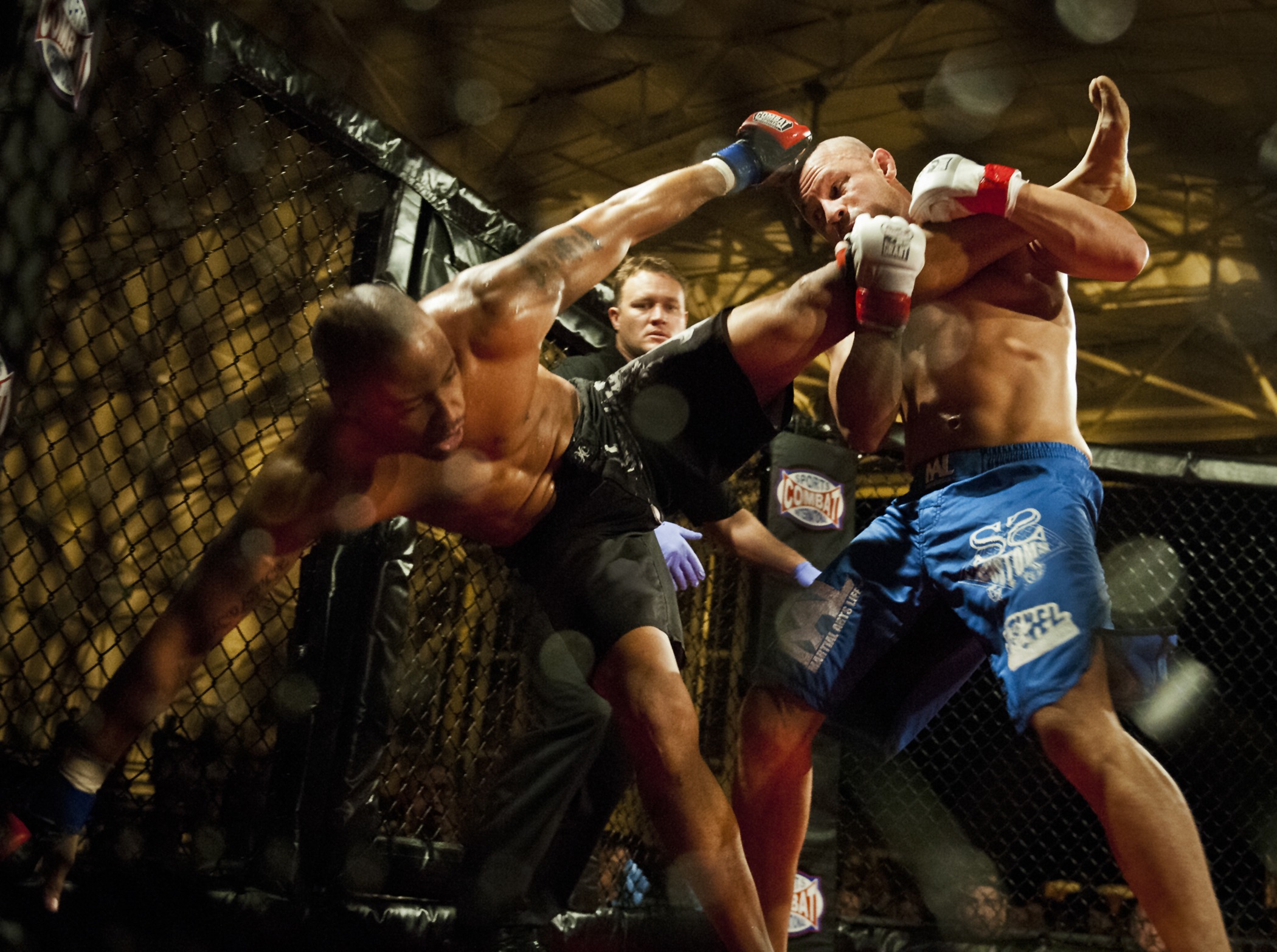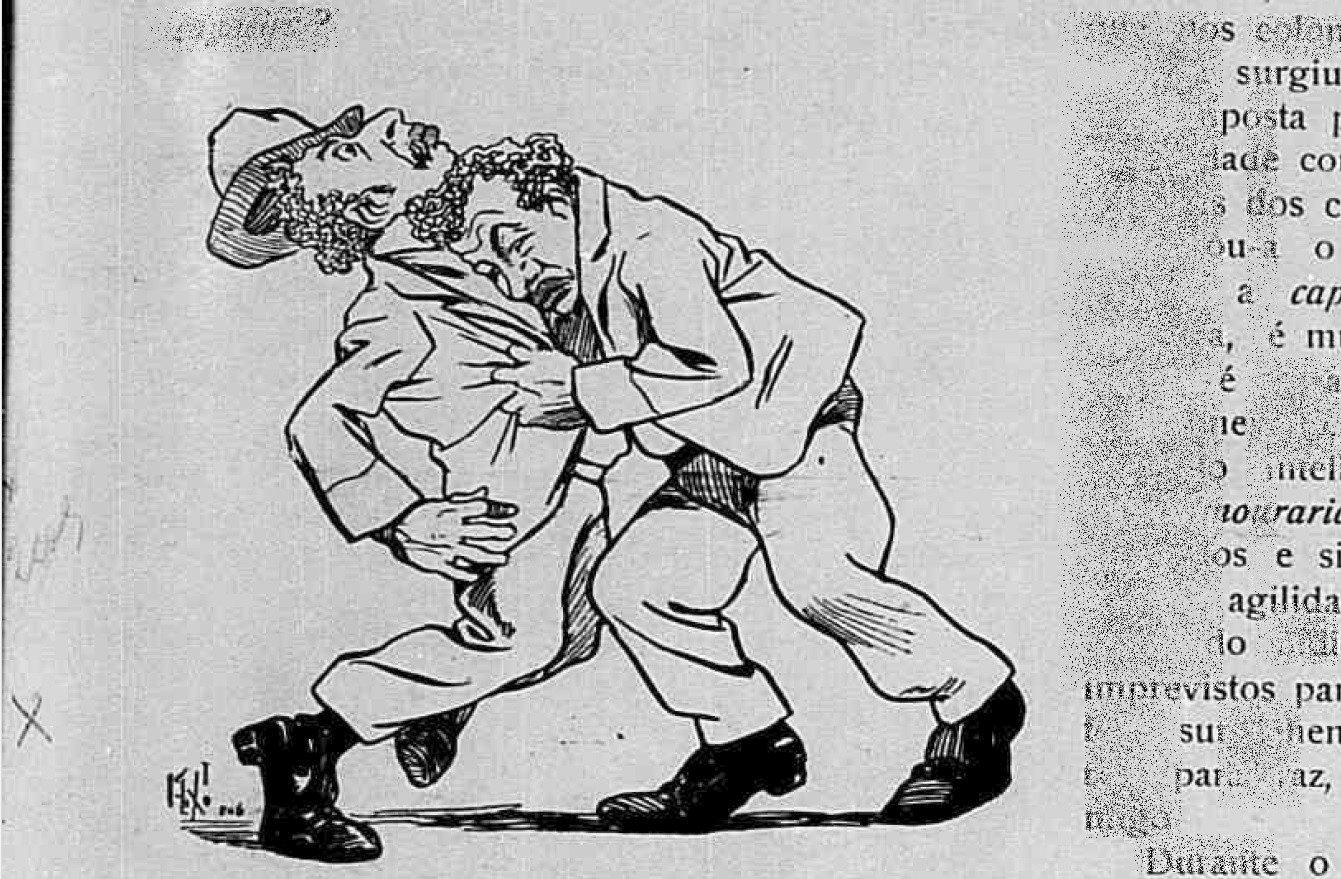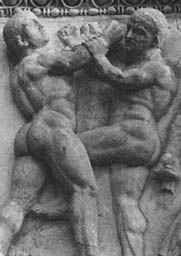|
Savate Kickboxing
Savate (), also known as French Boxing (French: ''Boxe Française'') or French Foot Fighting, is a French hybrid martial art and full-contact combat sport that combines principles of western boxing with a wide variety of kicking techniques. Unlike kickboxing styles such as Muay Thai, which allow knee and/or shin strikes in competitive bouts, savate involves kicking exclusively with one's feet, but participants can nonetheless target any part of the body. The sport is also notable for requiring footwear to be worn by the competitors, as would be expected from individuals fighting in the streets. A male practitioner of savate is called a "tireur" while a female one is a "tireuse". Savate de rue (), the term used to differentiate the original martial art meant for self-defense from the subsequent combat sport, is an overarching hand-to-hand combat discipline that incorporates knee and elbow strikes as well as joint locks, sweeps, throws, headbutts and takedowns, in addition to ... [...More Info...] [...Related Items...] OR: [Wikipedia] [Google] [Baidu] |
Kick
A kick is a physical strike using the leg, in unison usually with an area of the knee or lower using the foot, heel, tibia (shin), ball of the foot, blade of the foot, toes or knee (the latter is also known as a knee strike). This type of attack is used frequently by hooved animals as well as humans in the context of stand-up fighting. Kicks play a significant role in many forms of martial arts, such as capoeira, kalaripayattu, karate, kickboxing, kung fu, wing chun, MMA, Muay Thai, pankration, pradal serey, savate, sikaran, silat, taekwondo, vovinam, and Yaw-Yan. Kicks are a universal act of aggression among humans. Kicking is also prominent from its use in many sports, especially those called football. The best known of these sports is association football, also known as soccer. History The English verb to kick appears in the late 14th century, meaning "to strike out with the foot", possibly as a loan from the Old Norse "kikna", meaning "bend backwards, sink ... [...More Info...] [...Related Items...] OR: [Wikipedia] [Google] [Baidu] |
Kickboxing
Kickboxing ( ) is a full-contact hybrid Martial arts, martial art and Boxing (other), boxing type based on punch (combat), punching and kicking. Kickboxing originated in the 1950s to 1970s. The fight takes place in a boxing ring, normally with boxing gloves, mouth guards, shorts, and bare feet to favor the use of kicks. Kickboxing is practiced for self-defense, general physical fitness, fitness, or for competition. Some styles of kickboxing include: full contact karate, Muay Thai, Japanese kickboxing, Lethwei, Sanda (sport), Sanda, and Savate. Although since the dawn of humanity people have faced each other in hand-to-hand combat, the first documentation on the use of kicking and punching in sports combat is from ancient Greece and ancient India. But nevertheless, the term kickboxing originated in Japan, in the 1960s, and developed in the late 1950s from karate mixed with boxing, having some influence, with competitions held since then. American kickboxing originated i ... [...More Info...] [...Related Items...] OR: [Wikipedia] [Google] [Baidu] |
Napoleon Bonaparte
Napoleon Bonaparte (born Napoleone di Buonaparte; 15 August 1769 – 5 May 1821), later known by his regnal name Napoleon I, was a French general and statesman who rose to prominence during the French Revolution and led Military career of Napoleon, a series of military campaigns across Europe during the French Revolutionary and Napoleonic Wars from 1796 to 1815. He led the French First Republic, French Republic as French Consulate, First Consul from 1799 to 1804, then ruled the First French Empire, French Empire as Emperor of the French from 1804 to 1814, and briefly again in 1815. He was King of Italy, King of Kingdom of Italy (Napoleonic), Italy from 1805 to 1814 and Protector of the Confederation of the Rhine, Protector of the Confederation of the Rhine from 1806 to 1813. Born on the island of Corsica to a family of Italian origin, Napoleon moved to mainland France in 1779 and was commissioned as an officer in the French Royal Army in 1785. He supported the French Rev ... [...More Info...] [...Related Items...] OR: [Wikipedia] [Google] [Baidu] |
Street Fighting
Street fighting or street combat is hand-to-hand combat in public places between individuals or groups of people. The venue is usually a public place (e.g., a street), and the fight sometimes results in serious injury or even death. Some street fights can be gang related. A typical situation involves two individuals arguing in a bar, during which dispute one suggests stepping outside, where the fight commences. It is often possible to avoid the fight by withdrawing from the situation; whereas in self-defense, a person is actively trying to escape the confrontation, using force if necessary to ensure their own safety. In some martial arts communities, street fighting and self-defense are often considered synonymous. __TOC__ History Evidence for human fighting goes back 430,000 years in Spain, where a fossil skull was found with two fractures apparently caused by the same object, implying an intentional lethal attack. Another record of early human fighting is one that happene ... [...More Info...] [...Related Items...] OR: [Wikipedia] [Google] [Baidu] |
Takedown (grappling)
In martial arts and combat sports, a takedown is a technique that involves off-balancing an opponent and bringing them to the ground with the attacker landing on top. The process of quickly advancing on an opponent and attempting a takedown is known as shooting for a takedown, or simply shooting. In rulesets of many sports, such as Judo and Sambo, a well executed throw will end the match (with the idea being that if the match did not happen on a tatami, the one who was thrown would be unable to stand back up) while the match will continue on the ground if a takedown is used instead. Takedowns are featured in all forms of wrestling and Judo. Leg trip The leg trip is a technique in which the combatant uses their own leg(s) to off-balance an opponent, hence causing the opponent to fall to the ground. Leg trips are often integrated into more complex takedown techniques, and are also important in many throws. Takedown techniques that are pure leg trips usually involve controlling th ... [...More Info...] [...Related Items...] OR: [Wikipedia] [Google] [Baidu] |
Headbutt
A headbutt or butt is a targeted strike (attack), strike with the head, typically involving the use of robust parts of the headbutter's Skull#Humans, cranium as the area of impact. The most effective headbutts strike the most sensitive areas of an opponent, such as the Human nose, nose, using the stronger bones in the forehead (frontal bone) or the back of the skull (occipital bone, occipital or parietal bone). The word is both a noun and a verb. Mechanics Headbutts can be used from close range such as from the grappling position#Stand-up grappling position, clinch, or on the grappling position#Ground grappling position, ground. They are typically applied to the head of the opponent, since the head is often a readily available target and has several sensitive areas, but can be delivered to any part of the body. It is considered a quick, very effective but risky maneuver, as a misplaced strike can also cause injury to the person delivering the headbutt. An effective headbutt ... [...More Info...] [...Related Items...] OR: [Wikipedia] [Google] [Baidu] |
Throw (grappling)
In martial arts, a throw is a grappling technique that involves off-balancing or lifting an opponent, and throwing them to the ground, in Japanese martial arts referred to as ''nage-waza'', 投げ技, "throwing technique". Throws are a subset of takedown (grappling). Certain throwing techniques called sacrifice throws (''sutemi-waza'', 捨身技, "sacrifice technique") involve putting oneself in a potentially disadvantageous position, such as on the ground, in order to execute a throw. Types of throws There are several major types of throw, among Asian martial arts, Judo has the most developed throwing techniques and throws are considered its specialty. Most throws are named by describing the circumvention point of the throw (e.g., hip throw, shoulder throw, wrist throw etc.), or the nature of effect of the throw on the opponent (e.g., heaven and earth throw, valley drop, body drop) with variations being given descriptive names. The names used here are attributed to Jujuts ... [...More Info...] [...Related Items...] OR: [Wikipedia] [Google] [Baidu] |
Sweep (martial Arts)
A sweep is either of two categories of martial arts techniques. From standing, sweeps are throws or takedowns that primarily use the legs to attack an opponent's legs. On the ground, sweeps are techniques for reversing a grappling position A grappling position refers to the positioning and holds of combatants engaged in grappling. Combatants are said to be in a neutral position if neither is in a more favourable position. If one party has a clear advantage such as in the ''mount'' ... from a guard position. Standing When standing it is a technique used to take an opponent to the ground by knocking their legs out from under them, so is classed as a throw or takedown. The force of the sweep either runs perpendicular to the opponent's leg or rises as it strikes the leg, lifting the foot from the ground. A sweep can be used to take the opponent to the ground or it can simply disrupt the opponent's balance long enough to make an opening for a punch or kick. In Japanese it is k ... [...More Info...] [...Related Items...] OR: [Wikipedia] [Google] [Baidu] |
Joint Lock
A joint lock is a grappling technique involving manipulation of an opponent's joints in such a way that the joints reach their maximal degree of motion and hyperextension. In judō these are referred to as (, "joint locking technique"Ohlenkamp, NeilClassification of Techniques in Kodokan Judo ''judoinfo.com''. Accessed February 26, 2006.) and in Chinese martial arts as '' qin na'', which literally means "catching and locking". In Korea these are referred to as (, joint skill) or (, joint breaking). Joint locks typically involve isolating a particular joint, levering it in an attempt to force the joint to move past its normal range of motion. Joint locks generate varying degrees of pain in the joints and, if applied forcefully and/or suddenly, may cause injury, such as muscle, tendon and ligament damage and even dislocation or bone fracture. In judo, the combining of standing locks with throws is forbidden due to the risk of physical harm to the falling opponent, while Braz ... [...More Info...] [...Related Items...] OR: [Wikipedia] [Google] [Baidu] |
Hand-to-hand Combat
Hand-to-hand combat is a physical confrontation between two or more persons at short range (grappling distance or within the physical reach of a handheld weapon) that does not involve the use of ranged weapons.Hunsicker, A., ''Advanced Skills in Executive Protection'', Boca Raton FL: Universal Publishers, , , p. 51 The phrase "hand-to-hand" sometimes includes use of melee weapons such as knives, swords, Club (weapon), clubs, spears, axes, or improvised weapons such as entrenching tools. While the term "hand-to-hand combat" originally referred principally to engagements by combatants on the battlefield, it can also refer to any personal physical engagement by two or more people, including law enforcement officers, civilians, and criminals. Combat within close quarters, to a range just beyond grappling distance, is commonly termed close combat or close-quarters combat. It may include lethal and non-lethal weapons and methods depending upon the restrictions imposed by civilian law, ... [...More Info...] [...Related Items...] OR: [Wikipedia] [Google] [Baidu] |
Self-defense
Self-defense (self-defence primarily in Commonwealth English) is a countermeasure that involves defending the health and well-being of oneself from harm. The use of the right of self-defense as a legal justification for the use of Force (law), force in times of danger is available in many jurisdictions. Physical Physical self-defense is using physical force to counter an immediate threat of violence. Such force can be either armed or unarmed. In either case, the chances of success depend on various parameters, related to the severity of the threat on one hand, but also on the mental and physical preparedness of the defender. Unarmed Many martial arts styles are practiced for self-defense or include self-defense techniques. Some styles train primarily for self-defense, while other combat sports can be effectively applied for self-defense. Some martial arts teach how to escape from a knife or gun situation or how to break away from a punch, while others teach how to attack. ... [...More Info...] [...Related Items...] OR: [Wikipedia] [Google] [Baidu] |
Footwear
Footwear refers to garments worn on the feet, which typically serve the purpose of protective clothing, protection against adversities of the environment such as wear from rough ground; stability on slippery ground; and temperature. *Shoes and similar garments ease locomotion and prevent injuries. Such footwear can also be used for fashion and adornment, as well as to indicate the status or rank of the person within a social structure. *Socks and other hosiery are typically worn additionally between the feet and other footwear for further comfort and relief. Cultures have different customs regarding footwear. These include not using any in some situations, usually bearing a symbolic meaning. This can however also be imposed on specific individuals to place them at a practical disadvantage against shod people, if they are excluded from having footwear available or are prohibited from using any. This usually takes place in situations of captivity, such as imprisonment or slavery, wh ... [...More Info...] [...Related Items...] OR: [Wikipedia] [Google] [Baidu] |







